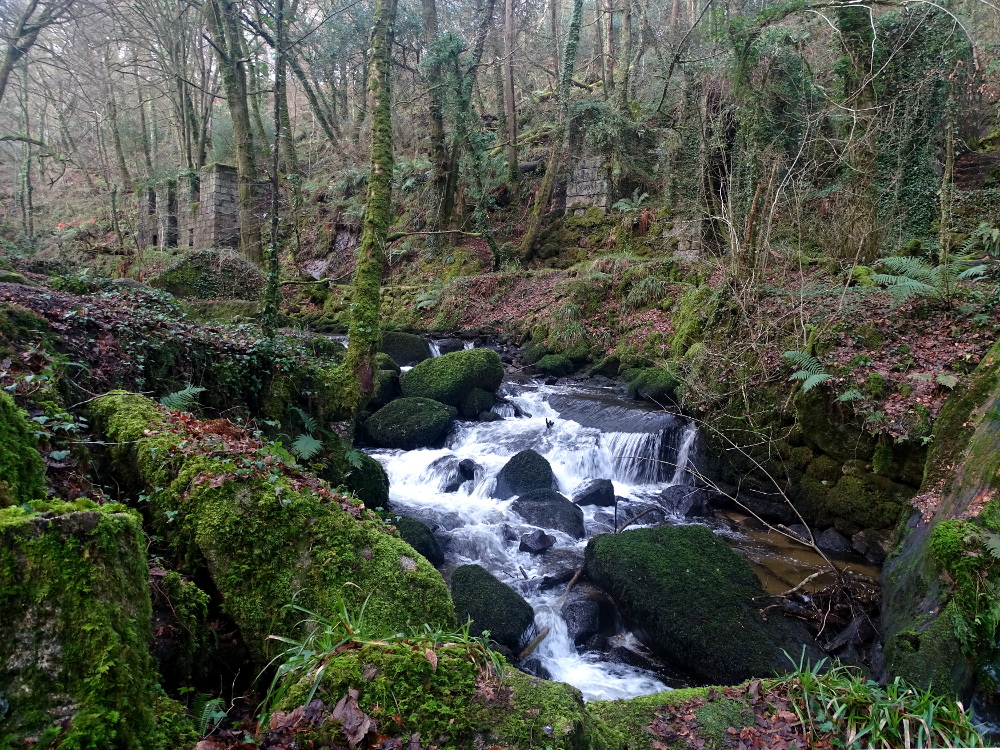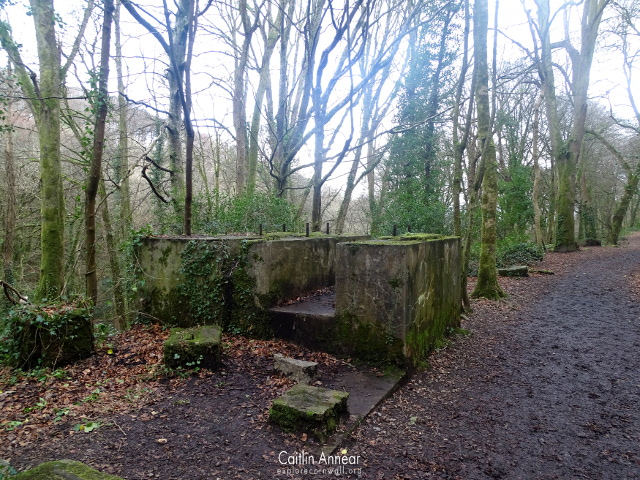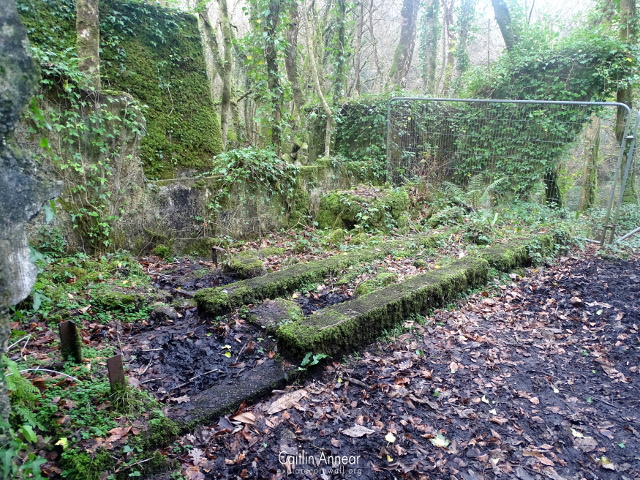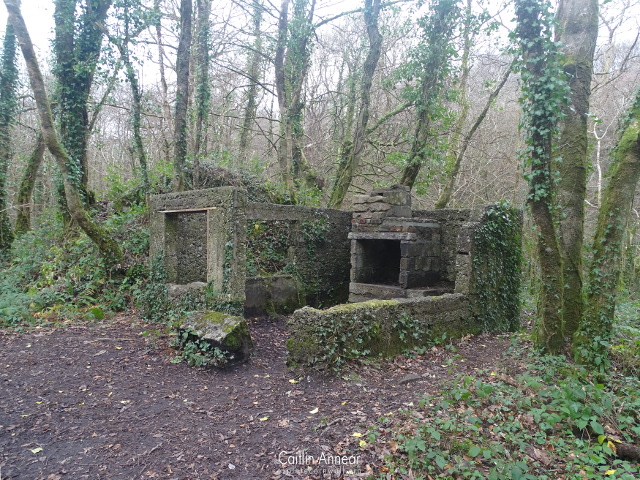Inside the beautiful wooded area to the west of Ponsanooth lies the significant remains of an old gunpowder works.
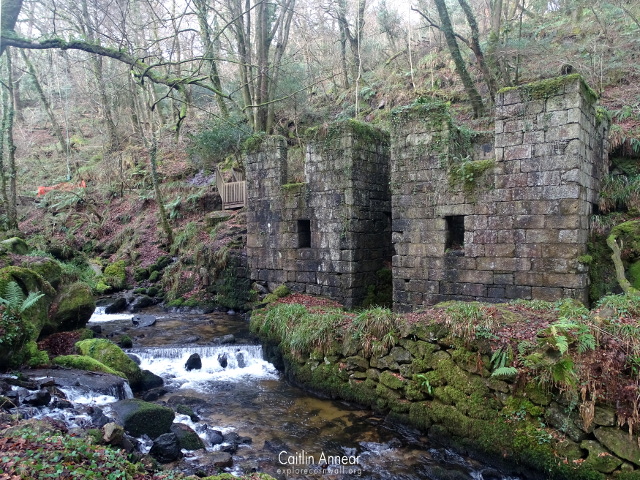
Up until the early 1800’s, all of the gunpowder used by Cornish mines was produced out of the county; as the mines of Cornwall continued to expand and grow, interests turned to producing our own. The first of these was built in Cosawes Wood, also in Ponsanooth in 1809. This was a small venture but still successful enough to catch the interest of the local Fox family, a powerful name in the region who had a keen interest in a range of mining ventures.

In 1811-12, a license was granted for the use of Kennall to build another gunpowder works. This was hugely successful and the site soon took over its neighbouring Cosawes mill, working them together for a short while, with the former mill just being used for storage by 1870.
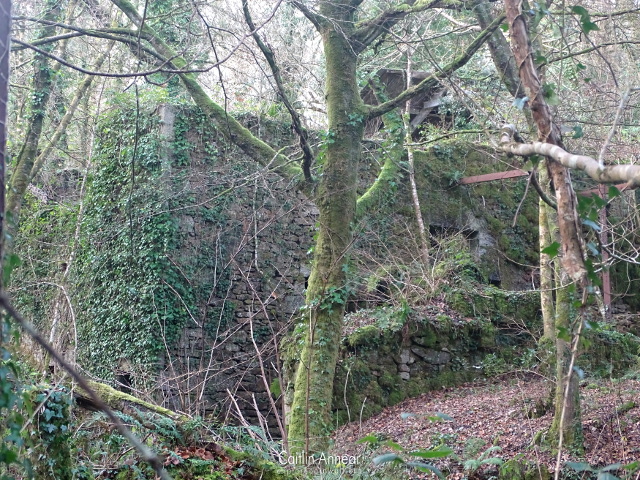
By 1844, all of the present incorporating mills had been built including newer ones in Roches Wood higher up the valley, giving a grand total of seven.
The mill hit its peak in 1875, with the enterprise expanding to include a over 50 buildings in the wood, a saltpetre refinery, a charcoal mill and several houses in the village. However, this did not last for long as nitroglycerine based explosives started being introduced into the local mines as an alternative for gunpowder, causing a steep decline in demand. The mill directors set up a new site in Hayle, the National Explosives Company to meet this need and sold the Ponsanooth site in 1898.
This new company, Curtis’ and Harvey used the works to produce specialist cartridges and fuse powder up until it stopped production in 1910. One other prominent feature on the mill site is that of the granite quarry, started in 1919 for the production of war memorials and viaducts.
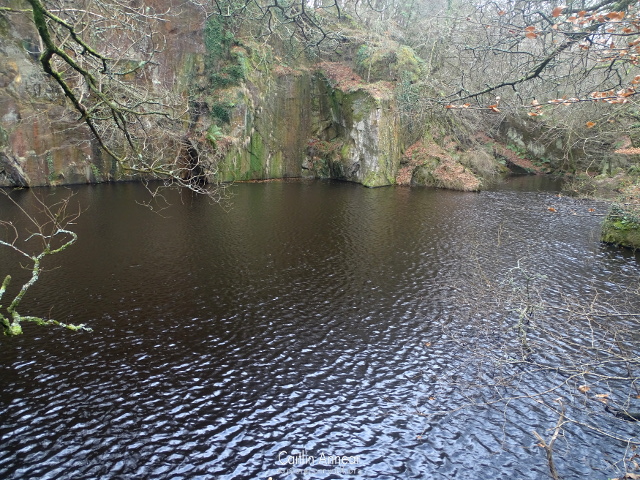
Initially the site produced blasting powder for rock, which came in granular or pill forms. In the 1830’s, following the invention of the safety fuse, the mill produced a variety of high quality powders for fuse makers. From the 1860’s to 90’s, the mill also produced powder for rifles and shotguns. In 1836, a spark triggered an explosion that caused damage to five incorporating mills.
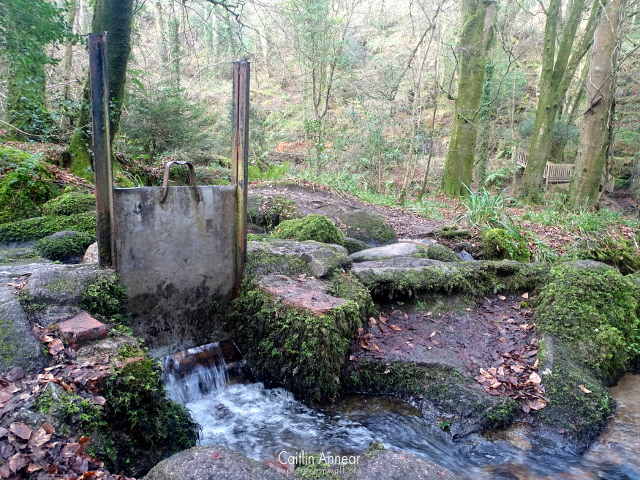
As gunpowder production is a notoriously dangerous business, several safety features were put in place. The location itself, being in a densely wooded area, would reduce the impact of an explosion. The thick walls, but light roofs would have forced an explosion upwards, and the machinery bearings were made of copper rather than steel in an attempt to reduce the amount of heat they would have produced. Workers also changed on site into special woollen suits.
The site is currently managed by the Cornwall Wildlife Trust and free to access.
There is a small amount of parking in Ponsanooth, although you cannot park along the narrow road leading to the entrance as this blocks access for emergency vehicles (Cot Hill).
Cornwall Guide (no date) Kennall Vale. Available at: https://www.cornwalls.co.uk/attractions/kennall-vale.htm (Accessed: 20 January 2019).
Preston-Jones, A. (2011) Kennall Vale, Ponsanooth, Cornwall. Available at: www.cornwall.gov.uk (Accessed: 20 January 2019).
Smith, J. (1986) Structures Report and Building Survey. Available at: http://map.cornwall.gov.uk/reports_event_record/1986/1986R022.pdf (Accessed: 20 January 2019).
